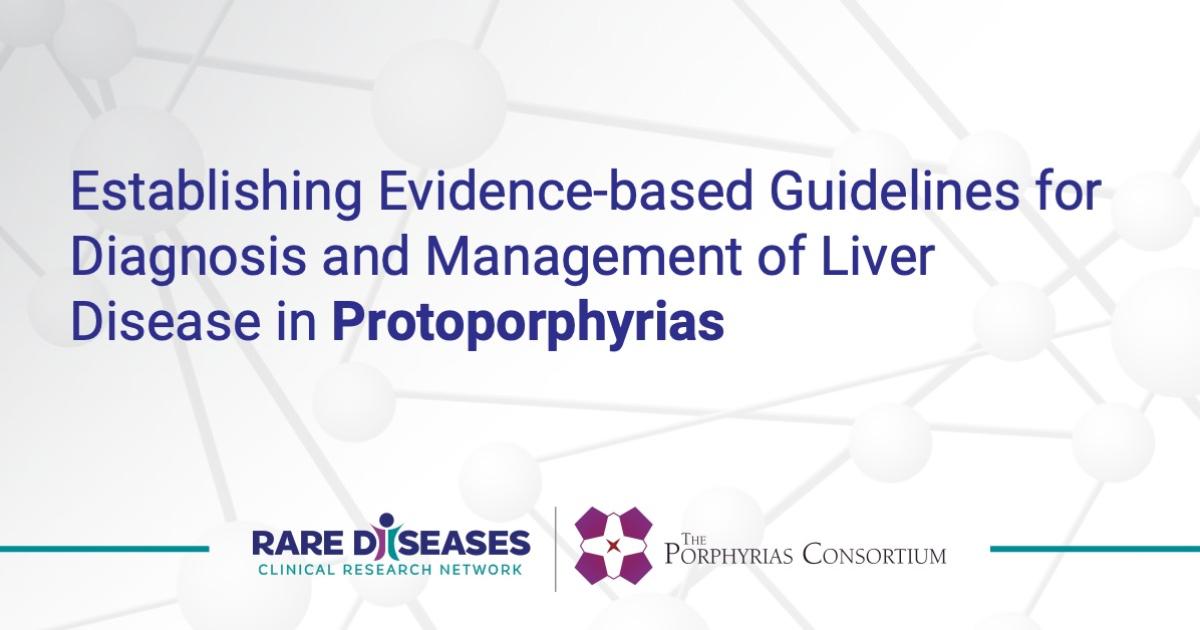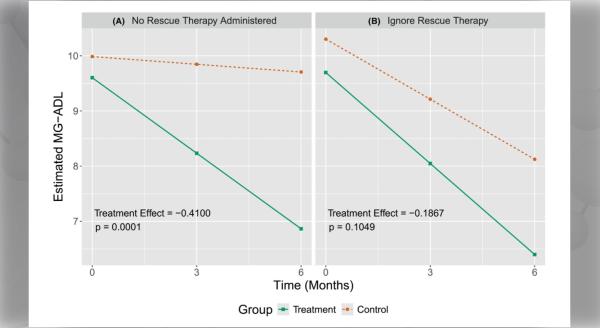A group of clinicians from the Porphyrias Consortium have developed new guidelines for the diagnosis and management of liver disease in protoporphyrias. The guidelines, published in the journal Hepatology on July 27, 2023, are based on years of longitudinal data collected from protoporphyria patients.
Erythropoietic protoporphyria (EPP) and X-linked protoporphyria (XLP) are inherited, metabolic disorders characterized by the buildup of protoporphyrins (substances that bind metals to form complexes, such as the iron found in red blood cells). In addition to phototoxicity (severe pain during light exposure), patients with EPP and XLP often experience liver dysfunction. However, there is a lack of published information on the management of liver disease in these patients.
“It is challenging for patients because most treating physicians are not familiar with the protoporphyrias, so they are not aware of how to diagnose or manage patients,” says Kristen Wheeden, MBA, president of the United Porphyrias Association. “Often, they are most concerned about issues and pain related to sun exposure, but there are many other things going on in these diseases.”
To establish new recommendations for liver disease in protoporphyrias, a group of 15 clinicians—with expertise in porphyrias and hepatology, hematology, and genetics—conducted a systematic literature review of case reports. The resulting guidelines address important clinical topics in protoporphyrias and liver disease, including interventions and therapies based on severity.
“I am excited that our expert physicians of the Porphyrias Consortium were able to analyze patient data to provide much-needed management guidelines,” says Wheeden. “It shows how critical both the role of patients and the role of expert physicians are in research.”
Authors hope that these guidelines will not only improve patient care, but also inspire new collaborative research to address the many unanswered questions in protoporphyrias.
“Protoporphyria patients have questions, and these guidelines provide evidence-based answers,” says Wheeden. “Patients and families will now have research to bring to a doctor and point to guidelines that are the consensus of a team of expert physicians. This removes the guessing game for their care.”
The Porphyrias Consortium (PC) is part of the Rare Diseases Clinical Research Network (RDCRN), which is funded by the National Institutes of Health (NIH) and led by the National Center for Advancing Translational Sciences (NCATS) through its Division of Rare Diseases Research Innovation (DRDRI). PC is funded under grant number U54DK083909 as a collaboration between NCATS and the National Institute of Diabetes and Digestive and Kidney Diseases (NIDDK).






